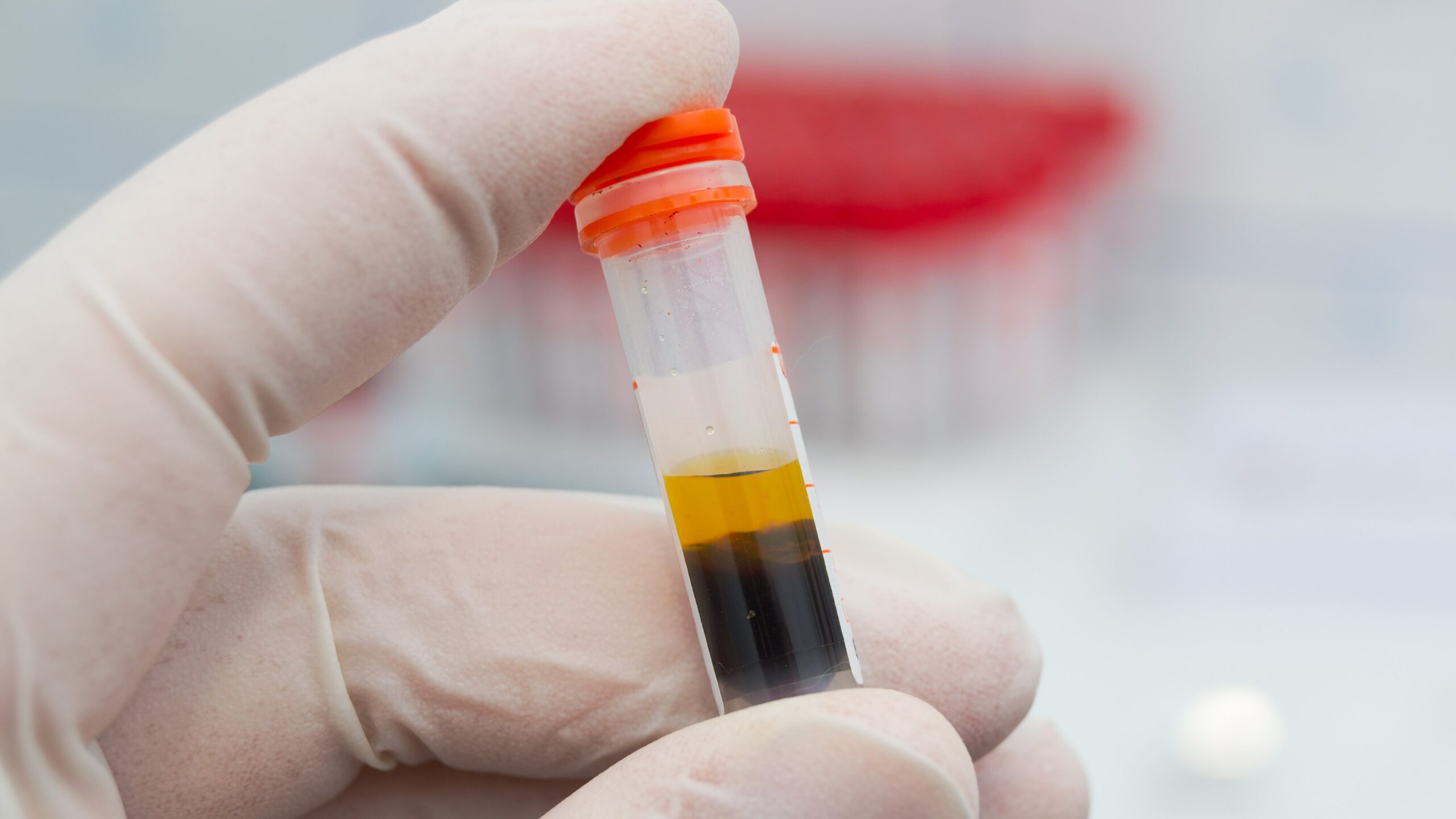
Autosomal dominant polycystic kidney disease (ADPKD) occurs worldwide and affects all races. It is characterized by the development and continued growth of multiple kidney cysts, leading to end-stage renal disease in the majority of patients. However, the leading cause of death in patients with ADPKD is cardiovascular complications and disorders. Hypertension occurs early in the progression of the ADPKD and is associated with the increased risk for cardiovascular disease in the patient population with the disease.
Impaired vascular endothelial function is often assessed as reduced endothelium-dependent dilation. Increased large-elastic artery stiffness also occurs early in the course of ADPKD, even in the presence of preserved estimated glomerular filtration rate (eGFR). Vascular dysfunction is an important predictor of cardiovascular events and mortality in patients with ADPKD.
In this patient population, activation of the renin-angiotensin-aldosterone system is the result of expansion of renal cysts and compression of the renal vasculature. Treatment for hypertension commonly includes use of angiotensin-converting enzyme (ACE) inhibitors; however, aldosterone breakthrough may occur. Increased oxidative stress and inflammation has been shown to be associated with aldosterone excess, which has been implicated in the development of endothelial dysfunction.
Kristen L. Nowak, PhD, MPH, and colleagues conducted a prospective, randomized, controlled, double-blind clinical trial to test the hypothesis that aldosterone antagonism would improve brachial artery flow-mediated dilation (FMDBA) and reduce carotid-femoral pulse-wave velocity (CFPWV) in patients with ADPKD. Results were reported in the American Journal of Kidney Diseases [2019;74(2):213-223].
The primary end point was the efficacy of an aldosterone antagonist for improving vascular function; the secondary end point was the reduction of large-elastic artery stiffness in patients with early-stage ADPKD who were being treated with the maximal tolerable dose of an ACE inhibitor or angiotensin receptor blocker (ARB).
Eligible patients were enrolled at the University of Colorado Denver Anschutz Medical Campus between July 2014 and June 2016. Inclusion criteria were adults 22 to 55 years of age with a diagnosis of ADPKD, total kidney volume between 500 and 2500 mL, eGFR ≥60 mL/min/1.73 m2, and a history of hypertension treated with an ACE inhibitor or an ARB.
A total of 66 patients were screened for participation; of those, 61 were randomly assigned to receive either the aldosterone antagonist spironolactone or placebo. One participant in the spironolactone group discontinued the intervention prior to the final study visit. Mean age of the participants was 34 years, 54% were women, and 84% were non-Hispanic white. There were no significant differences between the intervention and placebo group in baseline characteristics, including sex, race/ethnicity, body mass index, blood pressure, lipids, eGFR, and medications.
There was no significant difference between the intervention group and the placebo group in the primary end point (change in FMDBA, expressed as percent change) after 24 weeks. When FMD was expressed as absolute change, results were similar. There was also no change in the secondary end point (CFPWV) after 24 weeks in the intervention group compared with the placebo group.
There was a reduction in brachial systolic blood pressure with spironolactone compared with placebo: median change –6 mm Hg versus –2 mm Hg, respectively. There was no change in the majority of circulating and/or endothelial cell markers of oxidative stress or inflammation with spironolactone. In addition, there was no change in vascular oxidative stress with the intervention.
The relatively small sample size was cited by the researchers as a potential limitation to the study, as was the difficulty in separating the effects of blood pressure lowering from potential reductions in CFPWV because regulation of blood pressure and arterial stiffness are closely related. A third limitation was the lack of measurements of plasma or urinary aldosterone.
The researchers said, “In conclusion, in individuals with early-stage ADPKD, mineralocorticoid antagonism does not improve FMDBA or reduce CFPWV despite reducing blood pressure. This is consistent with the general lack of evidence for a reduction in oxidative stress and inflammation and associated pathways. Alternative interventions targeting an improvement in vascular endothelial function and reduced arterial stiffness in early ADPKD should be evaluated.”
Takeaway Points
- Results of a prospective randomized clinical trial testing the hypothesis that aldosterone antagonism would reduce vascular dysfunction in patients with early-stage autosomal dominant polycystic kidney disease (ADPKD).
- The intervention was spironolactone (maximum dose, 50 mg/d) or placebo. The primary end point was improvement in brachial artery flow-mediated dilation and reduction in carotid-femoral pulse-wave velocity.







 © 2025 Mashup Media, LLC, a Formedics Property. All Rights Reserved.
© 2025 Mashup Media, LLC, a Formedics Property. All Rights Reserved.